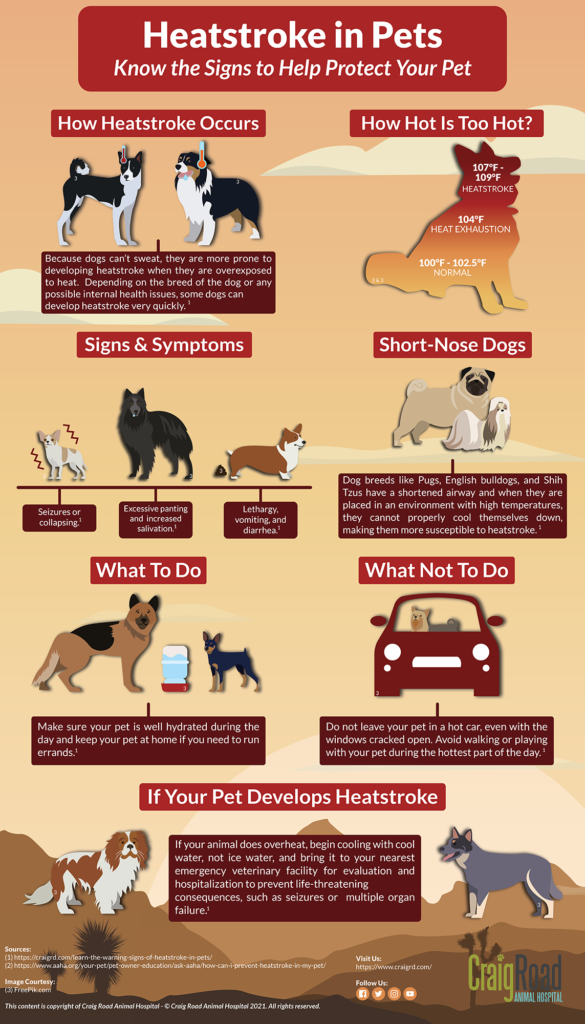Dr. Kimberly Lutz explains the dangers of overheating and heatstroke in pets, and how an owner can keep their pets safe during the hot summer days in the Las Vegas Valley.

Living in the Mojave Desert means learning how to deal with and survive in the heat, especially during the hot summer months. While there are many ways to help us keep cool, our pets aren’t as lucky as we are when it comes to finding ways to cool off. Heatstroke in pets is a killer but is a completely preventable condition if you know what signs to look for.

Image Courtesy: Victor Romero/Unsplash.com
What Causes Heatstroke?
Heatstroke typically occurs with exposure to excessive heat. The amount of time in the heat is variable and dependent on many factors. Such factors include obesity, brachycephalic breeds (French bulldogs, English bulldogs, Shih Tzus, Japanese Chins, etc.), preexisting cardiac/lung conditions, water access (and access to other cooling measures), poor ventilation, and overall high environmental temperature.
With brachycephalic breeds specifically, their normal breathing is inefficient and it’s difficult for them to cool off due to their shorter airway. When placed in environments with high temperatures, they cannot adequately cool themselves down properly, which can lead to heatstroke.
One of the most common ways pets develop heatstroke is by sitting in hot cars. Other ways pets can develop heatstroke is if there is high humidity (even if the temperature is low), your pet doesn’t take breaks from playing to cool off, or if your pet is left in a closed-up house on a hot day with poor ventilation or no airconditioning.
Signs, Symptoms, and Side-Effects
The major signs of heatstroke owners may notice excessive panting, increased salivation, lethargy, vomiting, diarrhea, seizures, or collapse. Pet owners should bring their pets into a veterinarian’s office right away. While in transit, owners can spray cool water on their pets. Avoid cold or ice water as this can cause cooling to occur too rapidly leading to more complications.

Image Courtesy: Daniel Tuttle/Unsplash.com
Heatstroke is very serious and about 50% of pets that are affected by heatstroke will die, even with treatment. This is why it is important to start cooling measures right away and get to a veterinarian. Patients affected by heatstroke may experience internal organ damage, arrhythmias, seizures, and sloughing of the lining of their intestines (leading to bloody diarrhea). Some patients will also experience bleeding/clotting issues leading to a serious complication called Disseminated Intravascular Coagulation (DIC).
Do not leave your pet outside for long periods of time, especially during the summer. If they need to be outside to use the bathroom, ensure that cool water is available to them, and bring them inside right after they use the bathroom.
Monitor your pet closely when outside since some dogs (those at higher risk, such as brachycephalic breeds and animals with pre-existing conditions) can develop signs of heat exhaustion within minutes.
Click on the image below for more info!
Check out this interview where Dr. Larkin Discusses Heatstroke with Chanel 8 News!

